When I moved to New Zealand in 2003, I have to confess that I was so keen to embrace the new wine landscape that I now encountered, that I did ‘turn my back’ somewhat on the wines that I’d been accustomed to drinking in Europe. Tempranillo is one example – when a good bottle might set you back $150, I would always be looking at what I could buy for that locally – a Homage, Le Sol, Larose, and inevitably go for something other than the European. A few exceptions: I always kept my hand in on Bordeaux and Burgundy, keeping the racks topped up.
When the theme of Tempranillo came around at the monthly Wine Flight Tasting Group, I had precious little to offer – other than opinions from over twenty years ago! I’d had a couple of the wines on tonight’s list – the Numanthia Toro I’d actually once had in my cellar, but it was long gone – and to be honest, it’s not really a style I hanker after these days. If I get a yearning for big teeth-staining reds, I’m still not likely to be found in the Spanish reds aisle. Old-school Rioja kind of ruined that for me – like chewing on a branch. However, I’m keen to re-engage and learn new tricks – I’d heard really good things about the Aalto range but not tasted them, for example.
The evening gathers at Le Chef Bistro in Auckland CBD – a fabulous private room across the laneway from the main restaurant, twinkles with candles and gives us heaps of room – there are nine at the table, and eight wines to explore. We start with the one wine not from Spain – the home of Tempranillo – in the line-up. Church Road Tempranillo 2013 – from their Redstone Vineyard in Bridge Pa – is not a wine I can recall trying before. It has that pumpkin and bacon fat hit on the nose and through to the palate, with a dense plum and bramble concentration. Supple, powdery tannin and a juiciness throughout, ending in a rich, cocoa-like sweetness and texture. A good kiwi interpretation, with a bit more fruit than I’d expect from the European ones, and has lasted well for a ten-year old bottle – plenty of life left.
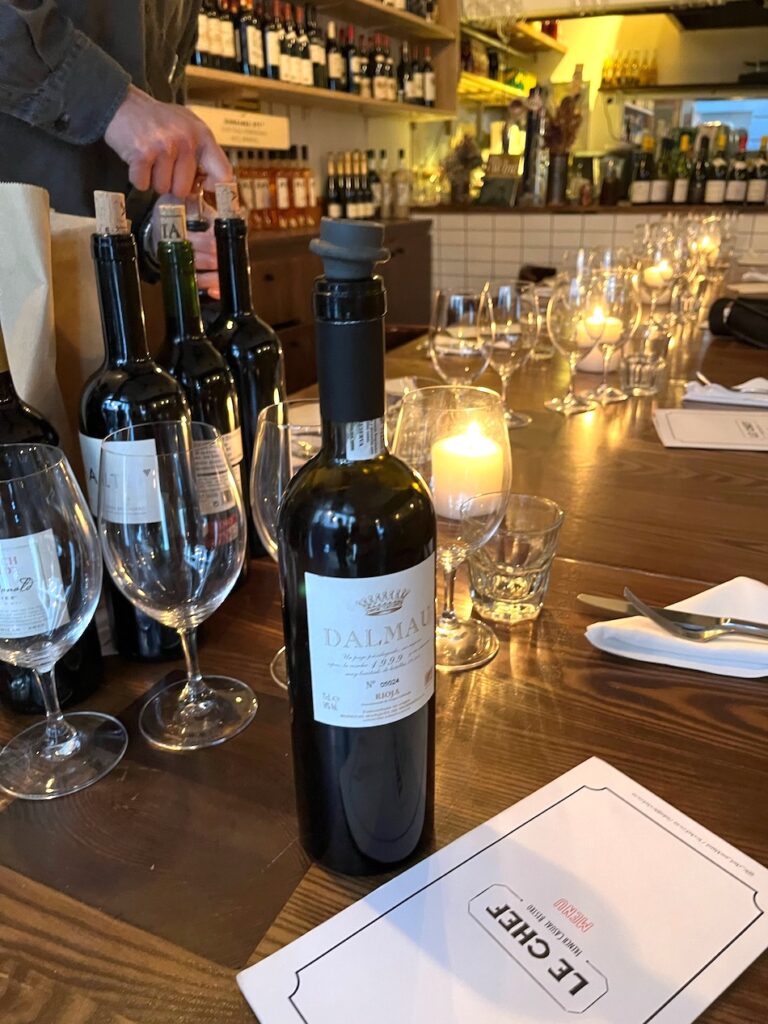
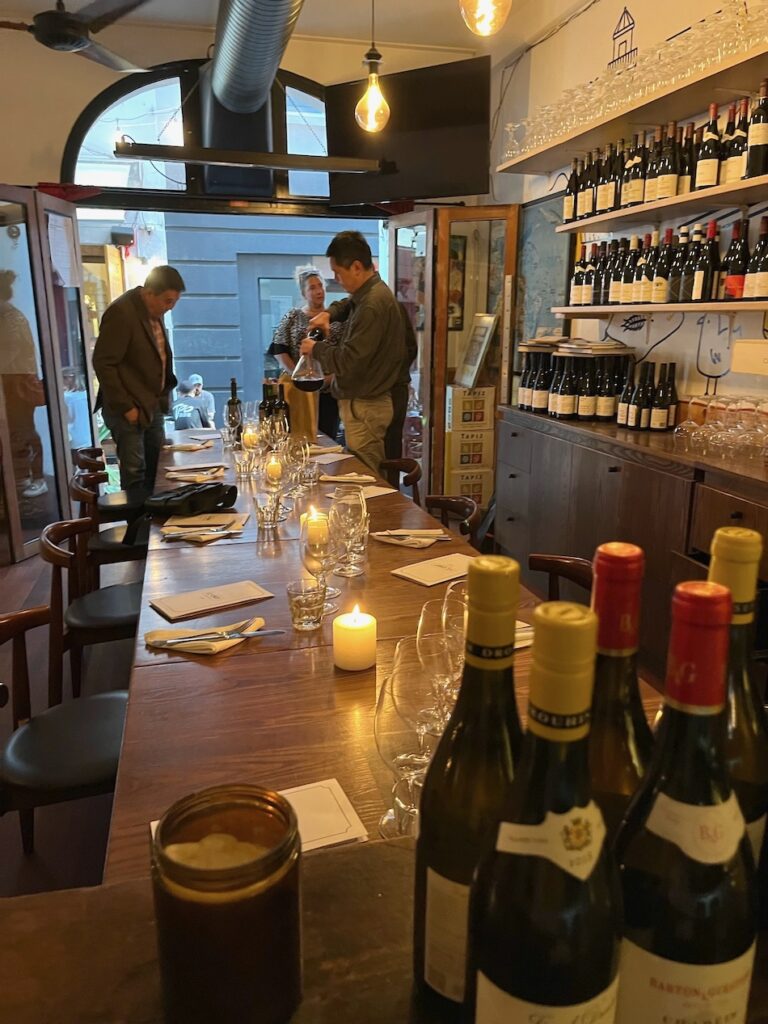
Alongside that we poured the first of the Ribera del Duero wines – a Viña Pedrosa Gran Reserva 2014. At a retail price of $175 the price difference between this and the kiwi version is huge, so what else are you getting? There is a glorious tannin structure in here – a classy, big Spanish red should definitely deliver that. The aromatics are rich – eucalypt, cinnamon, espresso and cedar underline the dense red berry fruits. It is solid and complex but also has an edgy delicacy as you get past that firm spine – the finish is quite lovely with a real persistence.
A chance in the next two pours to move through the gears of a single Ribera Del Duero producer – with an Aalto 2010, and an Aalto PS (Pagos Seleccionados) 2016. For a few in the group, the PS was the star of the show. These are wines I’ve heard about from a trusted source, but, as I mentioned in the introduction, have baulked at buying – without tasting first – due to the price of buying them here in New Zealand. Both are remarkable fresh, and you could say that the PS 2016 is drinking very well indeed for a top-end Spanish red at this age. I’ve had Gran Reservas at 12 years old that were nowhere near ready; so this plush, black-fruited beauty is quite a revelation. The tannins are so fine, supple and wrap around the fruit, with the linear acidity driving the wine through to a spicy, rich and succulent finish.
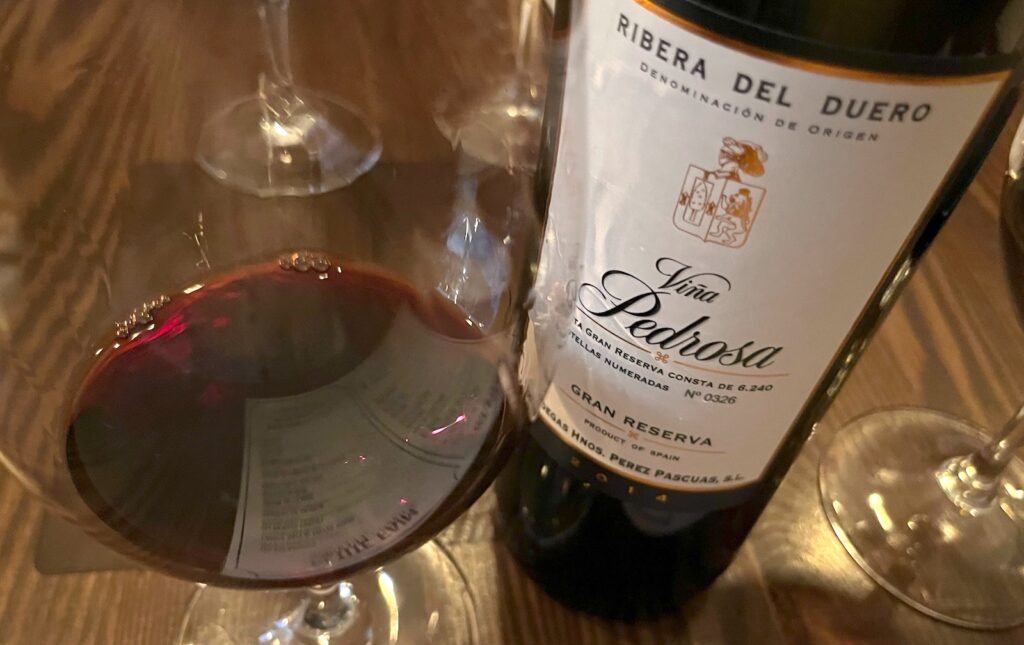
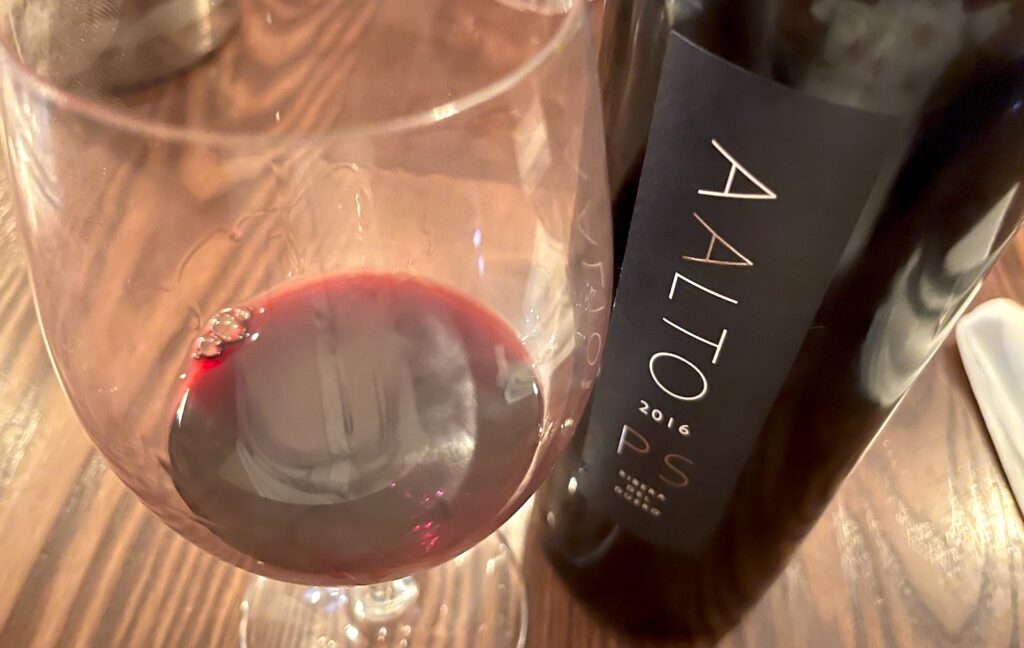
The older 2010 seems lighter by comparing it to the PS, but it is a lovely wine in its own right. There is a distinctive orange peel note on the nose, as well as that red-berry density, and some cocoa, sumac and vanilla. Great acidity, and a more delicate palate than the more muscular sibling.
The evening isn’t looking too shabby when the next wine is a Sierra Cantabria Gran Reserva 2005, and there’s more to come. This Rioja seems like it sees a good wedge of American oak, leading to the nose being slightly dominated by aromas of sandalwood, incense and toasted spice, but there is also plenty of cassis, bramble and cherry, topped with a floral lift of violets. Robust and weighty into the palate, squeezing a lot of ripe fruit, chalky tannin and minerality into the palate. Old school and enjoyable.
The next wine is one I’ve had in my days living in Europe, and also in my cellar in the past. It’s a style that I thought I’d backed away from, so I’m pleased to try a taste of it again after so long. The Bodega Numanthia estate was a pioneer of the Toro region has been owned by luxury good company LVMH since 2008, which has probably brought to the wider attention of collectors.
A 2005 Bodega Numanthia Toro is not a wine that is common – I just saw a couple from this exact vintage sell at auction in New Zealand last week for $250 each — so not an everyday wine. It is an inky-dark colour in the glass, with a bloody, brooding perfume. Dark plum, fig, blackberry and plenty of soy, peat and tapenade savouriness. At ten years old the tannins in this might have still been impenetrable, but they are now ‘only’ chewy and robust! There is also good sweetness and depth. Compared to the two previous wines, this isn’t one to make me change my mind back on moving on from the style.
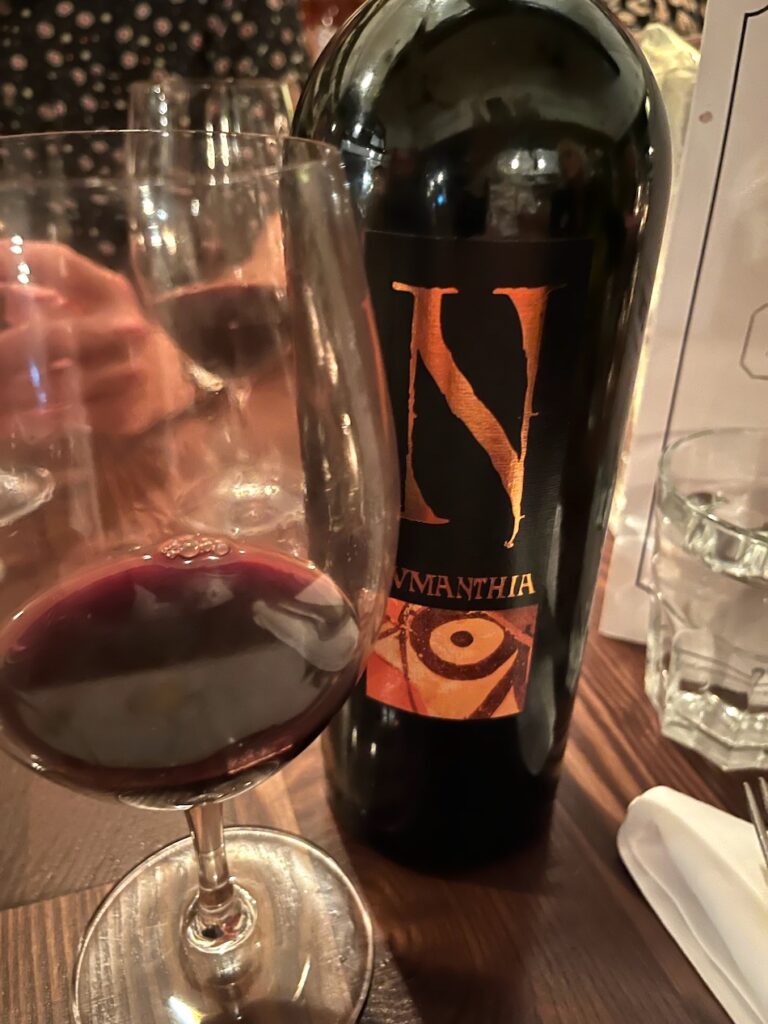
A Vega Sicilia Pintia Toro 2010 is more of that tobacco, cedar, cacao-edged style. Also more very dark fruit with liquorice, cardamom, date and vanilla woven through the nose. It is a lovely, heavyweight red wine, but a bit jammy and plump, overcome by its own ‘concentration’, leaving no space for nuance and refinement, to really float my boat. Once again, this is what I’ve moved on from – in search of more balance and elegance.
However, the last bottle opened tonight – a Marques de Murrieta Dalmau 1999 not only has great pedigree, but does show that classy, precision and focus that I’m looking for in any heavier style of red wine, whether it if from France, Italy or Spain – New World or Old. This could be really top Bordeaux. A little leather and antique shop on the nose, but a lovely brightness to the fruit sitting on top. The palate follows this theme, with a measured clip of acidity, whisper-fine tannin and a balance of oak, savoury minerality and ripe red juice. A modern, agile take on a traditional style. By now the food has arrived and I’m glad I chose a piece of meat – the confit duck and roasted veg just adding to the absolute delight of this well-aged, silky drop.
Thanks to Le Chef for hosting us, and for the contributors of these Tempranillos (I wasn’t amongst them). And Ken for picking up the baton after the loss of our fine leader Peter Balle. Two of the more updated styles really got my interest, and that Sierra Cantabria is the only Gran Reserva I can remember enjoying in many a year.
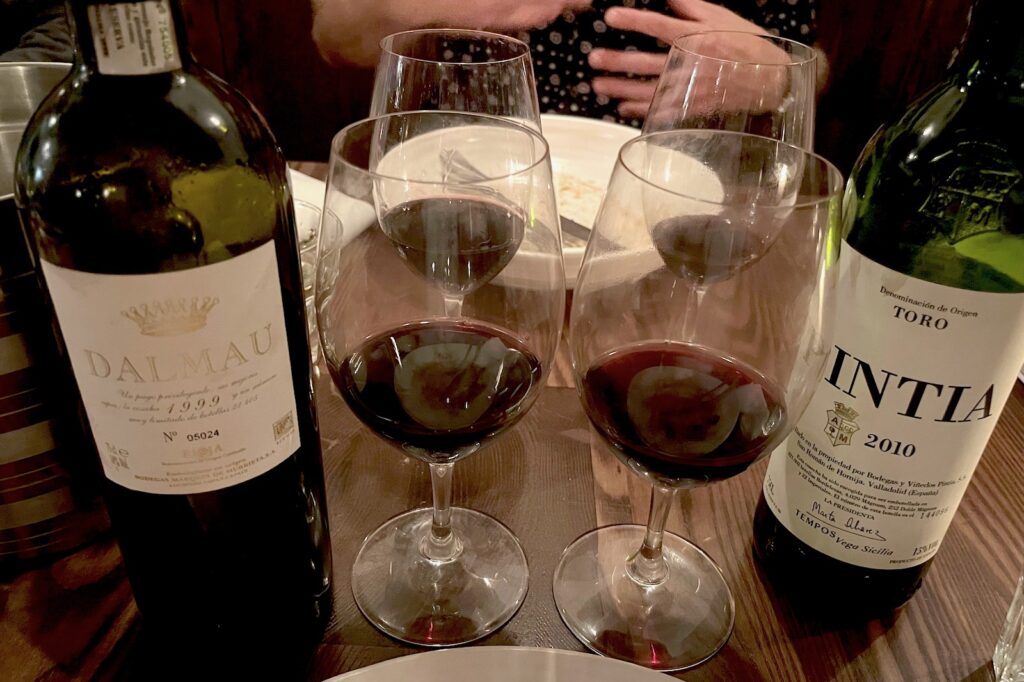

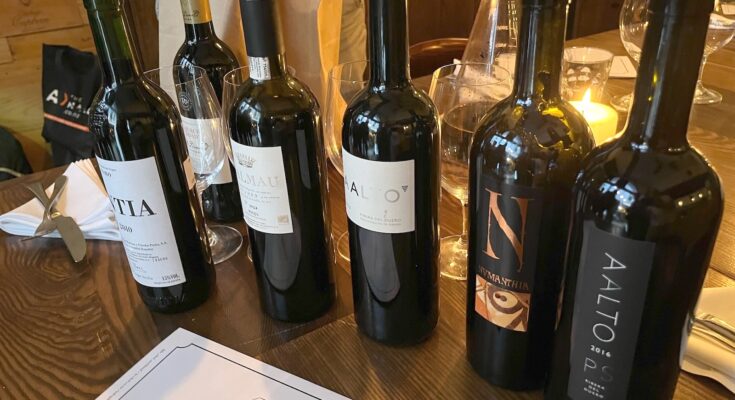
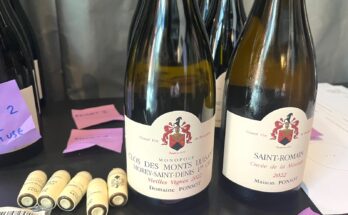
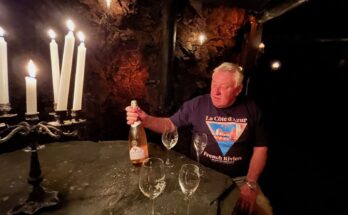
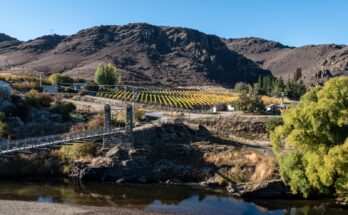
One Comment on “Terrific Tempranillo tasting”